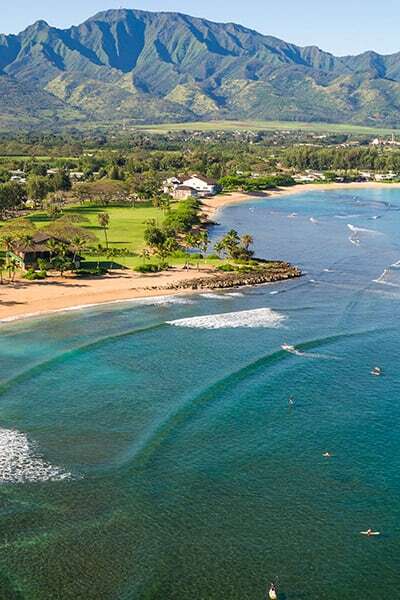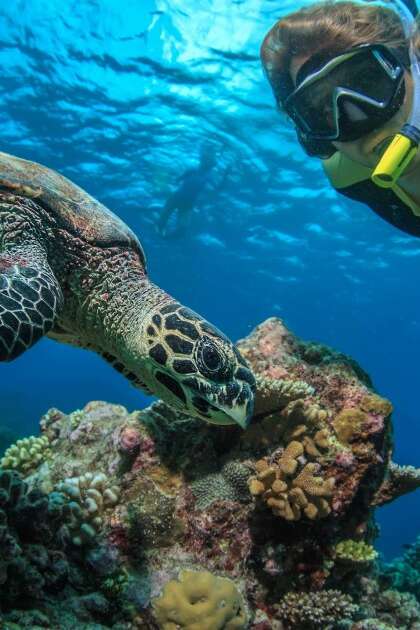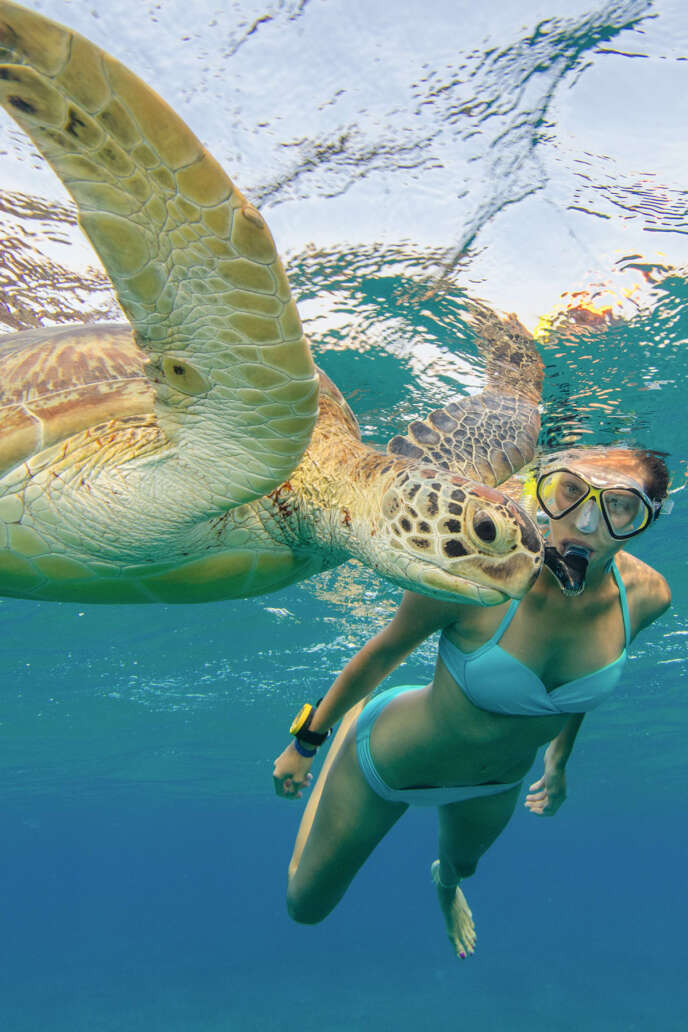Snorkeling is a fun and invigorating activity that allows you to explore the vibrant marine life of Oahu. However, it’s important to remember that snorkeling isn’t just about having an enjoyable experience; it also involves respecting and protecting the underwater environment. That’s why following proper snorkeling etiquette is essential when visiting Oahu’s beautiful beaches and reefs. In this article, we’ll discuss some key points of snorkeling etiquette so you can ensure your visit respects the delicate marine ecosystem while still allowing for a safe and rewarding adventure.
Why is it Important to Respect Oahu's Marine Environment When Snorkeling
When snorkeling in the waters of Oahu, it is important to respect the marine environment and understand the impact that human activities can have on its delicate ecosystems. Oahu is home to a wide variety of unique and diverse species of fish, coral, and other aquatic life which depend on a healthy and thriving environment for survival. When snorkelers enter these waters, they should be mindful of their actions and take steps to minimize any negative impacts on the local marine life. Snorkelers must respect Oahu’s marine environment to protect its delicate ecosystem from potential damage by humans. By practicing responsible behavior when exploring Oahu’s waters, we can ensure that future generations will be able to enjoy its beauty just as much as we do today.
How to Help Maintain Oahu’s Marine Life
1. Avoid Contact with Corals or Other Sea Creatures
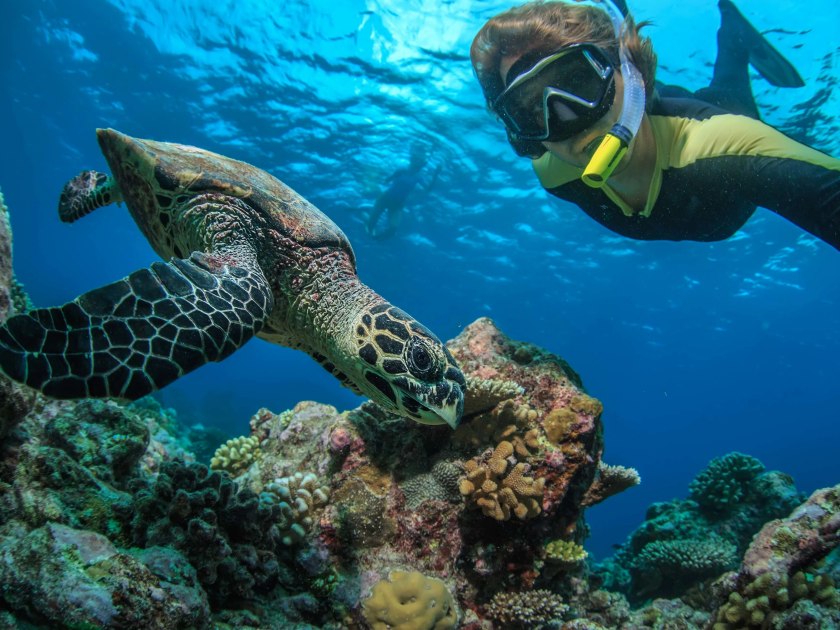
Snorkelers should be extra careful to avoid contact with Oahu’s fragile coral reefs and other sea creatures. Even the slightest touch can cause stress and ensure permanent damage to these delicate ecosystems. Snorkelers need to stay in shallow waters and keep their distance from all living things, including fish, turtles, and other marine life. They also need to take into account the currents when snorkeling, as they can move them further away from where they intended to go. Furthermore, snorkelers need to remember that they are visitors in a foreign environment and should take extra measures not to disrupt or interfere with wildlife activities. This includes respecting the boundaries of any protected area or marine reserve.
2. Never Touch the Ocean Floor Unless Necessary
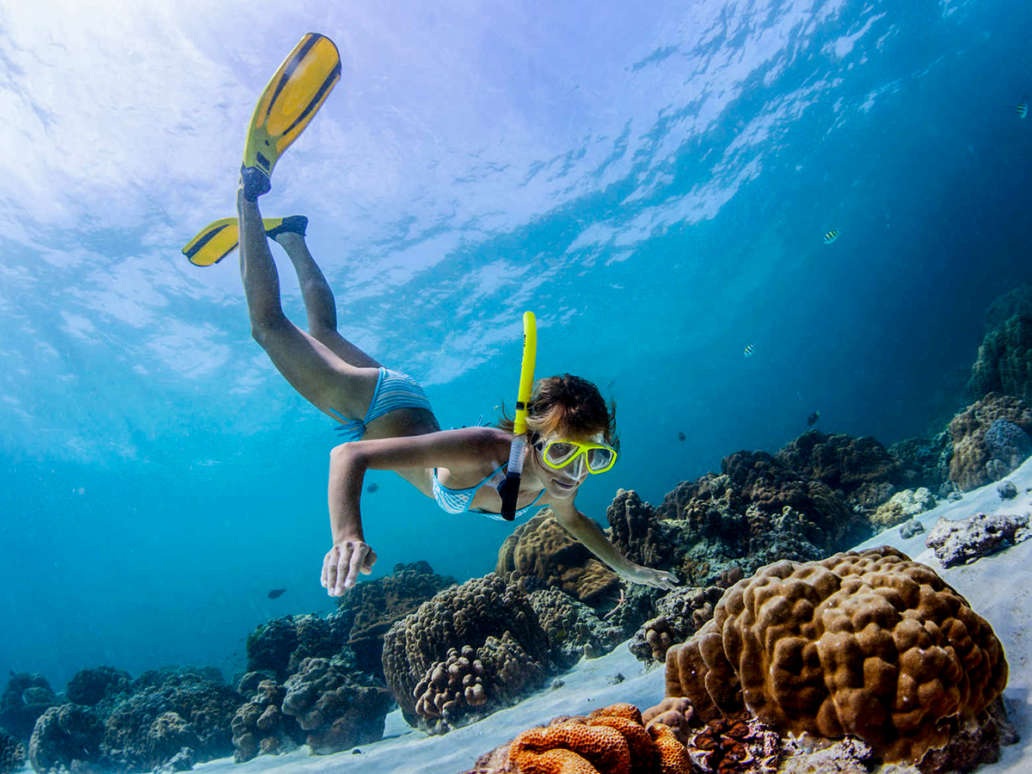
Snorkelers should always strive to avoid direct contact with the ocean floor, as this can cause irreparable damage to delicate coral reefs and other sensitive aquatic habitats. Not only can physical contact destroy fragile specimens, but it can also stir up sediment and reduce visibility for both snorkelers and marine life. Furthermore, standing on the ocean floor to observe fish or invertebrates can be dangerous for both the snorkeler and the wildlife they seek to observe. For example, standing on a reef can cause an underwater avalanche that can trap small fish and other species. To help protect Oahu’s waters, snorkelers should always take care not to touch any coral or rock formations while submerged. Any disturbance of these structures can disrupt breeding colonies and weaken entire ecosystems.
3. Only Feed Fish if There are No Signs Prohibiting From Doing So
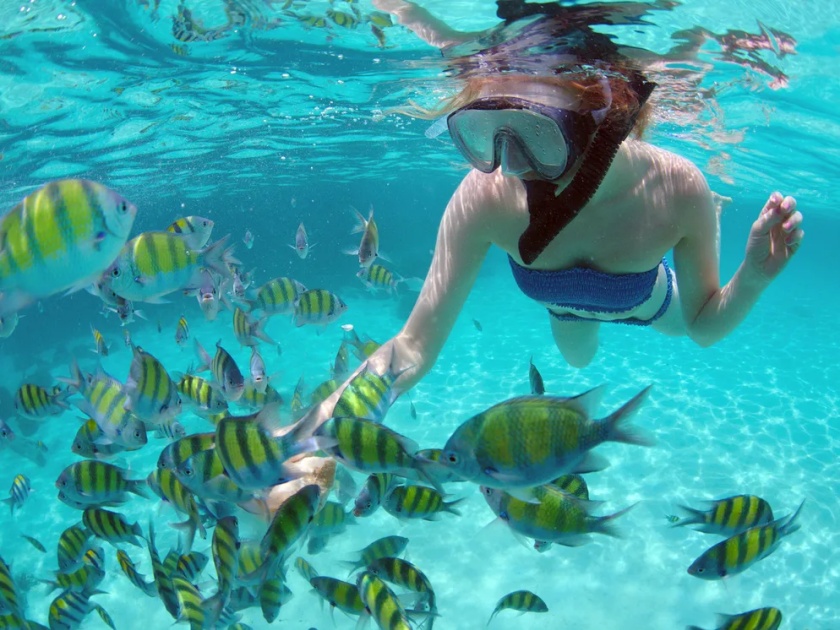
Snorkelers should only feed fish if there are no signs prohibiting it, as overfeeding can lead to the depletion of certain marine species and unbalanced shifts in population levels of certain species. Additionally, snorkelers need to be mindful of what they are feeding; for instance, some fish may specialize in certain diets and therefore require specific types of food that are not readily found in the ocean. Feeding the wrong type of food can hurt marine life’s health and biodiversity.
4. Avoid Taking or Damaging Any Live Specimens
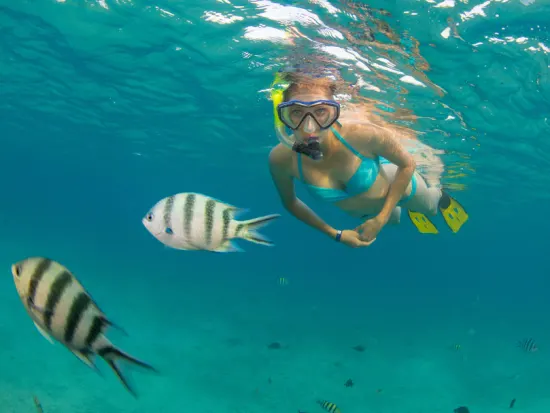
When snorkeling, it is important to be mindful of the delicate balance that exists in the ocean and never touch, take, or damage any living creatures or their habitat. Taking live specimens such as coral can have severe consequences on the reef’s ecosystem and can destroy habitats that are essential for other species. In addition, even minor damage to coral can greatly reduce its lifespan, impacting the entire reef’s health and overall biodiversity. To further protect Oahu’s marine environment, snorkelers should always practice catch-and-release techniques when interacting with marine life such as fish and turtles. By following these guidelines, snorkelers can ensure that Oahu’s beautiful aquatic habitats remain healthy and intact for generations to come.
5. Be Mindful of Water Temperature Changes or Currents
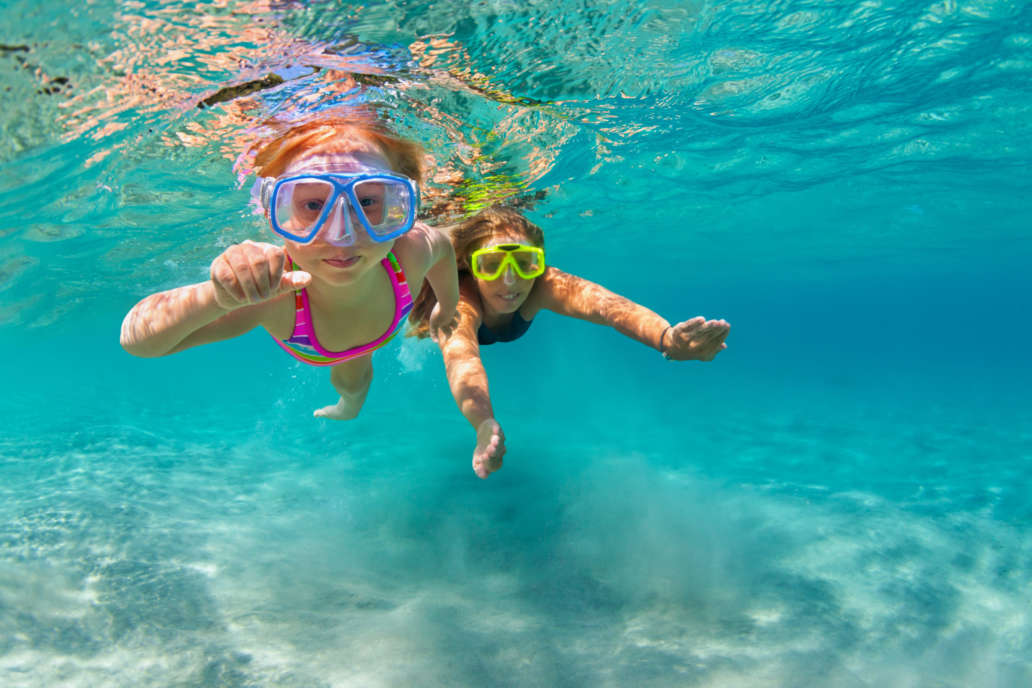
Water temperature can affect the behavior and metabolism of many marine species, including coral, making them more susceptible to disease and death. Similarly, strong currents or turbulence can also cause damage to delicate corals as well as disrupt the migration patterns of fish and other aquatic animals. Snorkelers need to use caution when entering areas with sudden changes in water temperature or fast-moving currents; this helps prevent accidental injury to themselves and harm to the surrounding ecosystem.
To further protect Oahu’s waters, snorkelers should take care not to disturb any delicate coral formations or sensitive habitats while swimming. When possible, it is also ideal for snorkelers to avoid anchoring boats in areas with existing coral formations or near spawning sites, as these activities can destroy large sections of reef ecosystems. By taking the time to research their destination before entering the water and being mindful of their actions while in the ocean, snorkelers can help preserve Oahu’s fragile marine environment for future generations.
6. Use Reef-safe Sunscreen
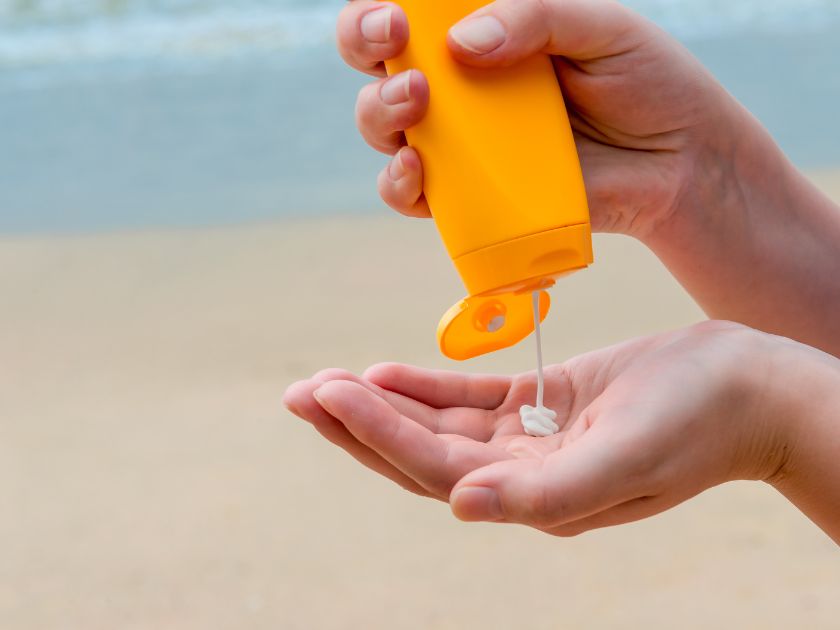
Snorkelers should take extra care to ensure that any sunscreen products they use are biodegradable and free from chemicals that may harm the environment and its inhabitants. Traditional sunscreens can contain ingredients such as oxybenzone, octinoxate, homosalate, octocrylene, or avobenzone which can be toxic to marine life and create coral bleaching when they enter the water.
Furthermore, traditional sunscreen products also often contain microplastics which can accumulate in the ocean and pose a threat to animals who ingest them. By using biodegradable sunscreen products with natural ingredients like zinc oxide or titanium dioxide, snorkelers can help protect Oahu’s marine environment from pollution and chemical damage. Additionally, wearing rash guards or light-colored clothing will help reduce the need for applying sunscreen altogether as these materials provide an extra layer of sun protection while in the water.
Help Protect Oahu’s Marine Environment!
When engaging in activities such as snorkeling, it is essential to be mindful of the delicate balance that exists in our oceans and aquatic habitats. By respecting Oahu’s rules and regulations and listening to local stories about their experiences with protecting the ocean’s biodiversity, snorkelers can help preserve its vibrant aquatic habitats for future generations.


